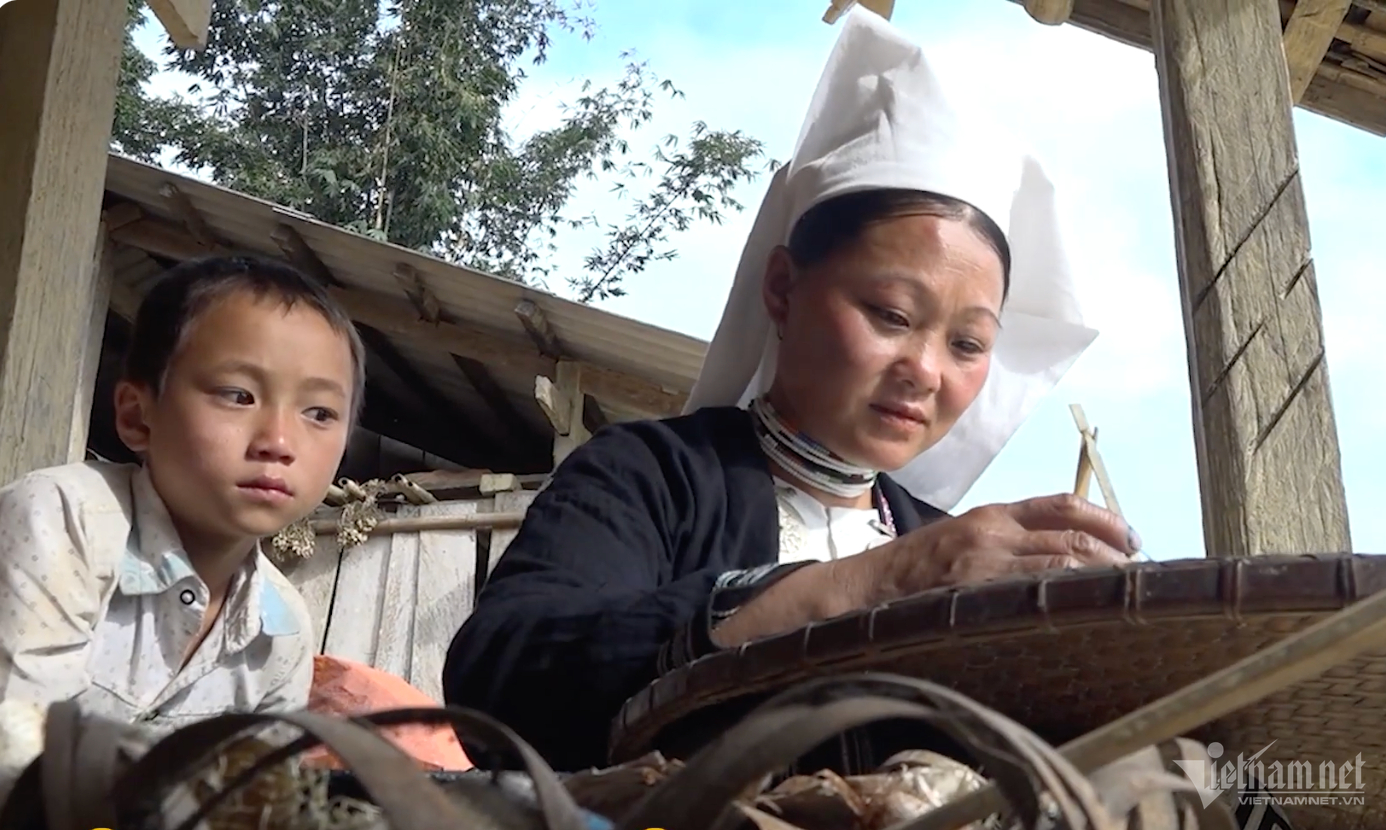
Green gem at the border
Cao Bang is an ancient land, with more than 333 km of border with China. The province possesses attractive and unique natural and cultural tourism resources, considered a green pearl in the Northeast region of Vietnam.
The province is home to more than 200 historical and cultural relics. Particularly, 98 relics are ranked by the Ministry of Culture, Sports and Tourism, including 3 special national relics, 26 national relics and 69 provincial-level relics. Cao Bang has two national treasures and 6 national intangible cultural heritages, with the Then heritage of the Tay, Nung and Thai people recognized by UNESCO as the intangible cultural heritage of humanity (including the Then Tay ritual in Cao Bang).
There are over 2,000 intangible cultural heritages in the province, including 6 written and spoken languages; 150 folk literature; 745 social practices and beliefs; 200 traditional festivals; 112 traditional crafts; 487 folk knowledge; 300 folk performing arts.
Cao Bang is also favored by nature, with many captivating landscapes such as Ban Gioc waterfall, Nguom Ngao cave, God's Eye mountain (Thong Khanh district), Thang Hen Lake (Quang Hoa district) with an underground cave system of international value.
The province also has Cao Vit Gibbon Conservation Area (Thong Khanh district), Phja Oac - Phja Den National Park (Nguyen Binh district) that have outstanding ecological values and many rare species.
Cao Bang has the advantage of forming specialty crop growing areas such as: Phia Den vermicelli (Nguyen Binh district), pear and black jelly (Thach An district), chestnut and Mac Pup white jelly (Thong Khanh district), Gynostemma pentaphyllum, and Polygonum multiflorum. The locality is also famous as a food paradise with recognized products such as Dong Khe pear, which was named in the Top 50 most famous fruits in Vietnam in 2012; Cao Bang Coong Phu cake which entered the Top 50 famous Vietnamese specialties in 2015; Sticky Rice, Coong Phu Cake, and Chestnuts in the top 100 famous Vietnamese specialties in February 2021; Banh cuon and banh ap chao among the top Vietnamese specialties (2021-2022); che lam cake and Phja Den vermicelli in the Top 100 Vietnamese gift specialties (2021-2022)...
Ban Gioc Waterfall in Cao Bang is honored by world news agencies as the world's 4th largest waterfall located on the border between countries and the largest natural waterfall in Southeast Asia. Sputnik Russia rated it as one of the most beautiful waterfalls in the world; Touropia magazine voted it one of the 10 most majestic waterfalls in the world; British news agency Fox News named it among the top 7 most majestic waterfalls in the world; National Geographic magazine (of the American Geographic Society) voted Ban Gioc waterfall in the top 7 natural wonders in Asia. Non Nuoc Cao Bang UNESCO Global Geopark was voted by the Insider as one of the 50 places with breathtaking views, the most outstanding among the attractive natural wonders and landscapes around the world.
Turning cultural heritage into tourism products
In recent years, tourism has contributed significantly to promoting economic restructuring, creating jobs, improving income and living standards of Cao Bang’s people.
After 10 years of building the community tourism village model, Cao Bang currently has 7 cultural and community tourism sites.
Clearly identifying the importance of transportation in promoting the potential and strengths of local community tourism, Cao Bang province has focused on mobilizing resources and making focused investments to develop the transport infrastructure to serve tourism in association with protecting the ecological environment in ethnic minority areas.
Specifically, from 2009-2013, the province implemented the Mekong Subregion Sustainable Tourism Development Project, under which it helped locals in Pac Rang hamlet, Phuc Sen commune, Quang Hoa district develop community tourism.
The province has also carried out many other projects to develop tourism in ethnic minority areas, such as in Khuoi Khon hamlet, Kim Cuc commune, Bao Lac district;
Hoai Khao hamlet, Quang Thanh commune, Nguyen Binh district; Giuong hamlet, Tien Thanh commune, Quang Hoa district; Phja Thap incense making village in Quoc Dan commune, Quang Hoa district and Lung Niec village in Dam Thuy commune, Trung Khanh district; and Khuoi Ky ancient stone village in Dam Thuy commune, Trung Khanh district.